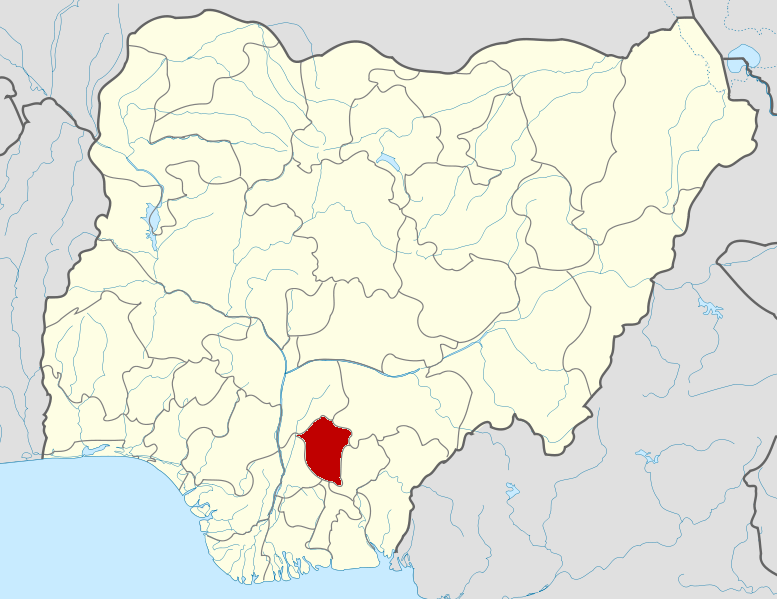from Friday, June 20, unleashing a burst of wintry weather that will linger through mid-next week. The system, which first struck
Western Australia, is bringing heavy rain, thunderstorms, hail, and even snow as it moves eastward, impacting millions across the southern half of the country.
According to the
Bureau of Meteorology,
Perth and surrounding regions in WA are expected to receive between 20mm and 50mm of rain through Friday and Saturday. Further inland, lighter rainfall will extend toward the Gascoyne and Pilbara districts. The system will continue moving southeast and east between Sunday and Wednesday, bringing cold, wet conditions to South Australia,
Victoria,
Tasmania,
New South Wales, and southern Queensland.
Temperatures in cities like Adelaide and Sydney will dip early next week, with Adelaide expected to drop from 22°C on Sunday to 15°C by Tuesday. Sydney could reach the low to mid-20s early in the week before dropping to 18°C by Wednesday. The Murray-Darling Basin will also see widespread rain on Tuesday, as a surge of pre-frontal moisture passes through, with some regions experiencing hail and snow.
The wintery weather has already brought joy to some and anxiety to others. On the snowy slopes of Victoria and New South Wales, the storm delivered a dream start to the ski season. Mt Buller saw over 37cm of fresh snow, while Mt Hotham, Thredbo, and Perisher recorded between 30–45cm.
However, the cold snap also poses serious risks. Farmers across southern regions, including the Snowy Mountains and parts of South Australia, are bracing for severe frost. Night-time temperatures are expected to plummet close to freezing, threatening newborn lambs and other livestock. “We’ve lost lambs before to frost,” said sheep farmer Tom Smith. “This year we’ll wrap feed shelters, move animals early, and cover troughs.”
Authorities have also issued warnings for blizzard-like conditions and damaging winds of up to 100km/h along coastal regions in South Australia and Victoria. In New South Wales, several hikers had to be rescued from Mount Kosciuszko and Mount Hotham after becoming trapped by whiteout conditions and deep snow.
Emergency services are urging people to take precautions, check weather alerts, and avoid high-risk alpine travel during this period.
The wintry blast will be relatively short-lived, giving way to milder conditions later next week. Authorities warn that severe weather alerts and potential travel disruptions are likely in the days ahead.











